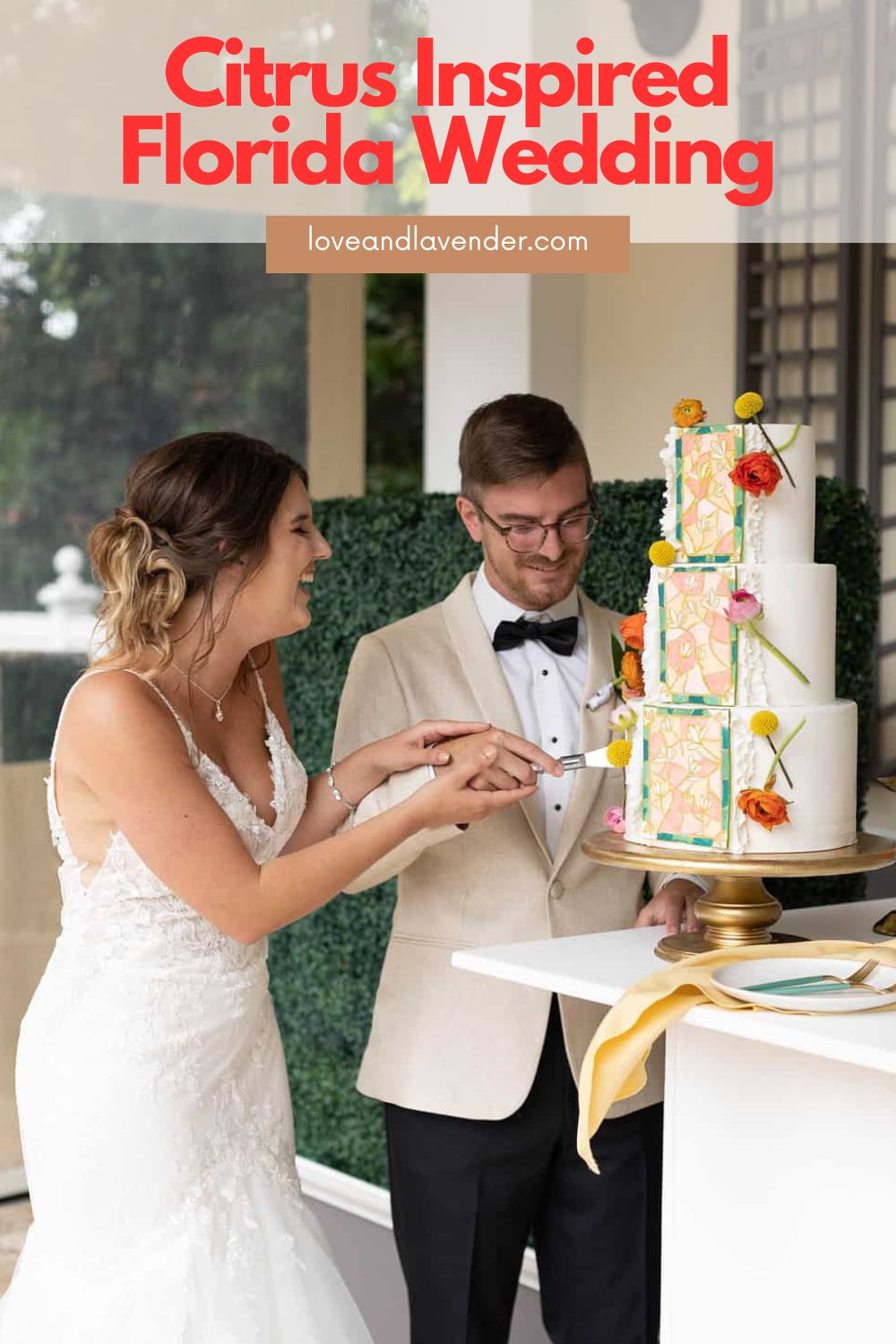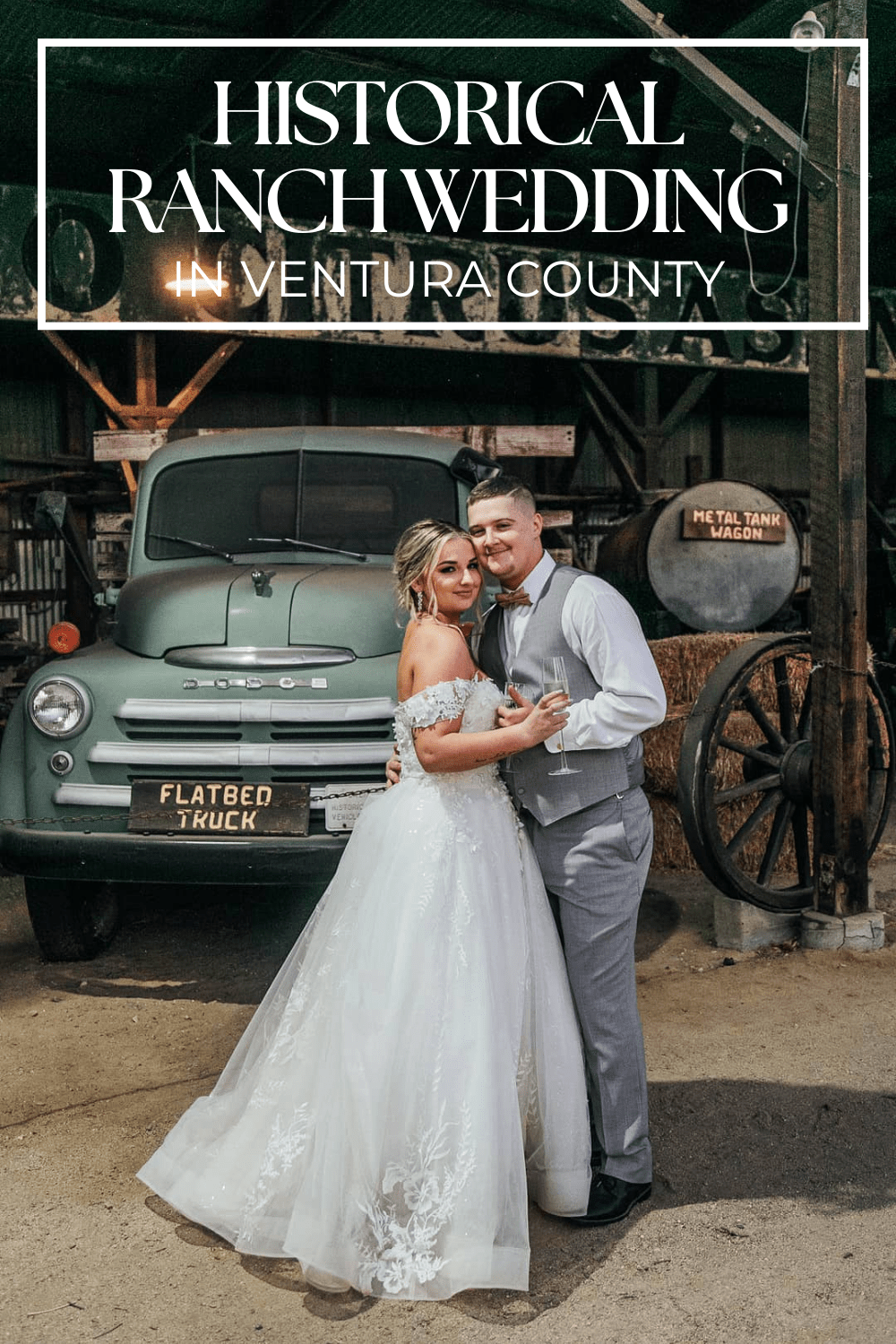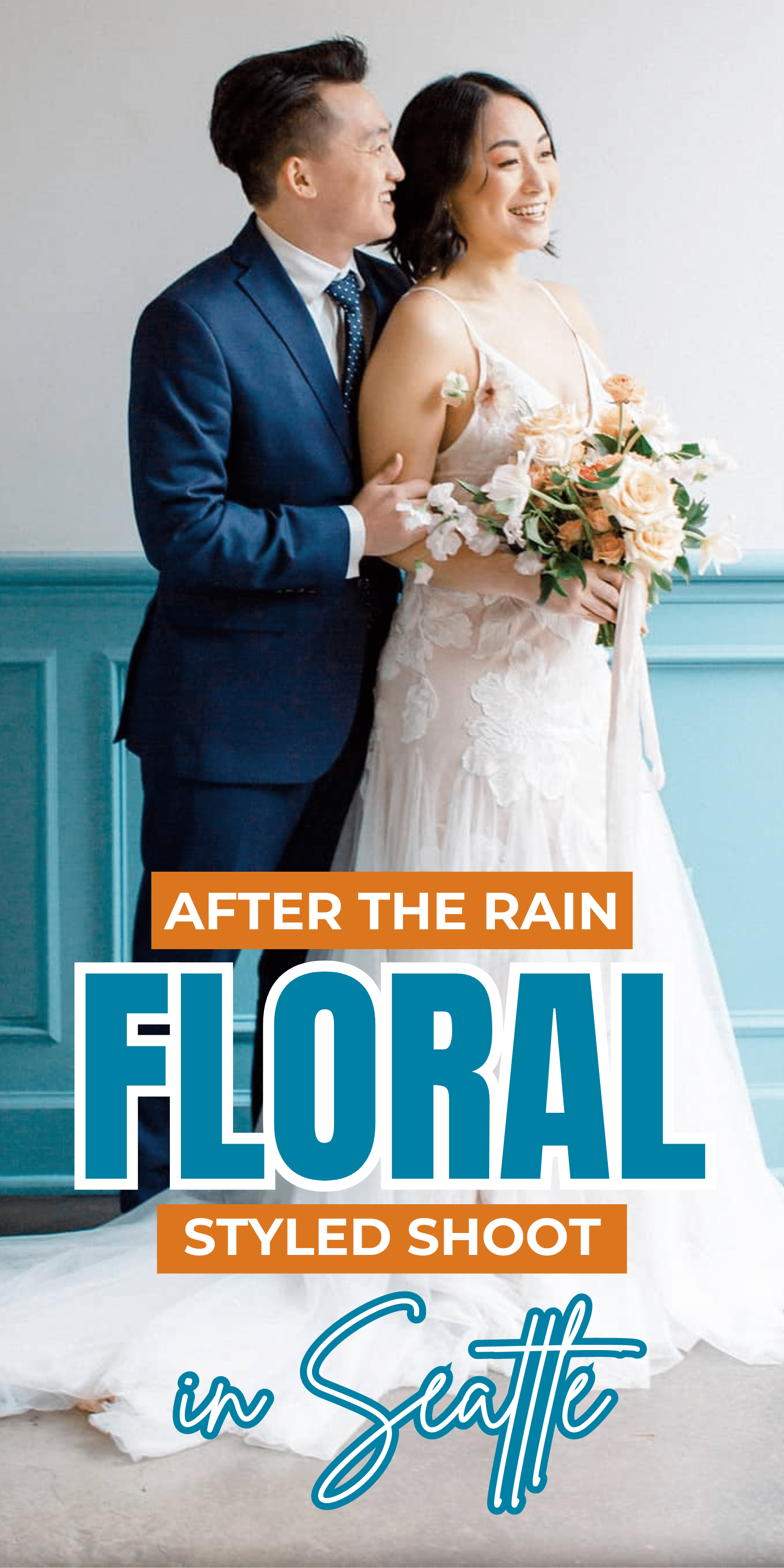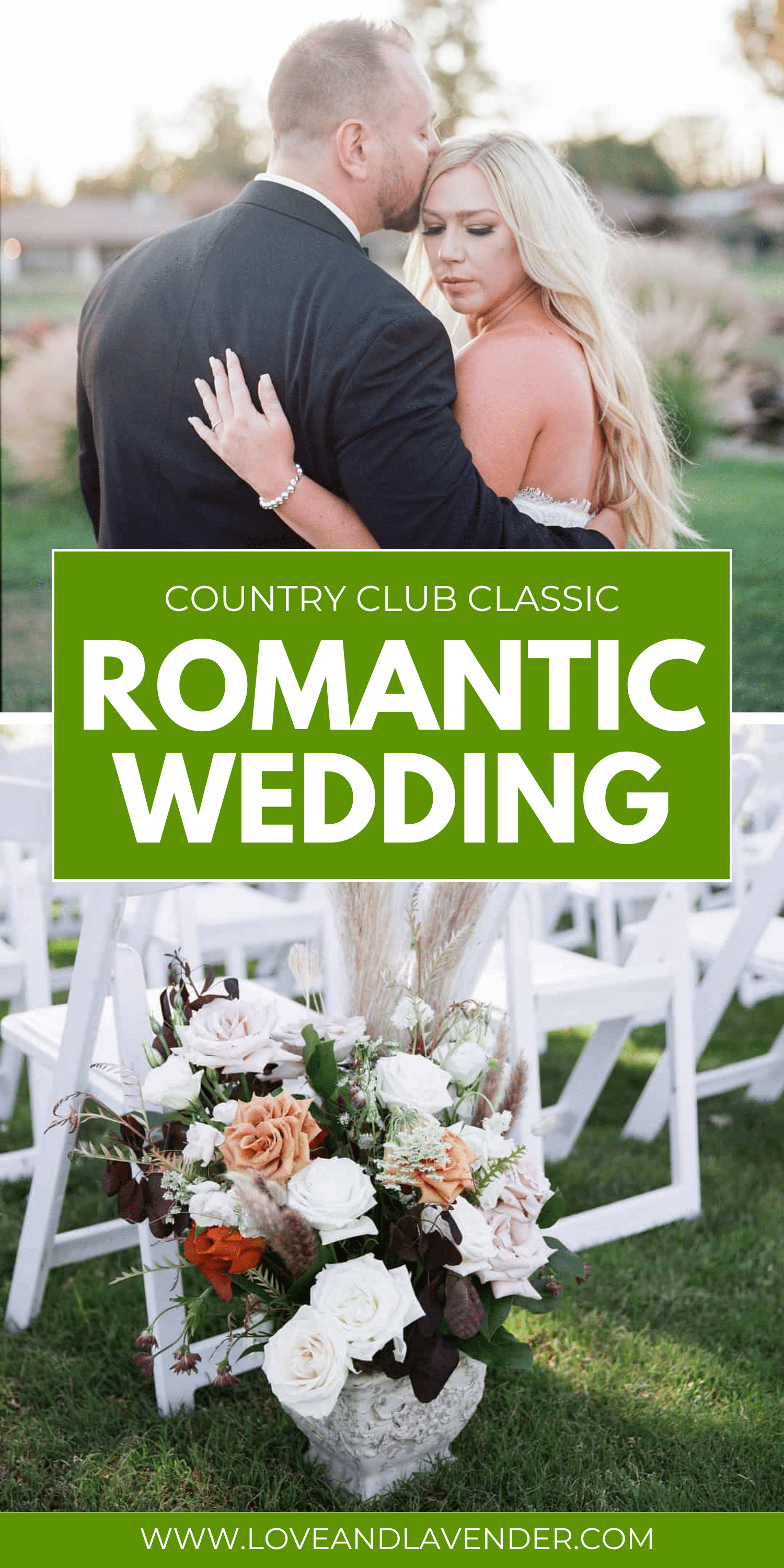A 4-carat diamond ring delivers a powerful punch. In fact, you don’t see these rings worn a lot, because of the size (and worth) of the diamonds. However, when you do see one “in the flesh,” it’s hard not to stop and stare!
As with all beautiful things, however, this ring is going to be an investment—so it pays to know all the tricks and secrets about buying one. Luckily, you have us to help! Today, we’ll walk you through all the factors influencing the cost of a 4-carat ring, and how to spot a quality diamond.
We’ve also thrown in some top tips on choosing the perfect ring for your sweetheart, so you can go forth and purchase confidently!
 Pin
PinWhat Is a 4 Carat Diamond Ring?
The international system for grading diamonds is known as the carat system. Nope, no relation to the karats you’ll see gold marked with! Each carat weighs in at 200 mg, so a 4-carat diamond weighs 800 mg. That doesn’t sound like a lot—but it packs a visual punch.
It’s important to remember that visual surface area and weight aren’t always related. With certain diamond shapes, a lot of the “bulk” of the stone lies beneath the surface (like an iceberg), so even the shape can influence what a 4-carat diamond actually looks like.
However, whole carats aren’t the only way we grade diamonds. There’s also the “point system,” which involves fractions of carats. This system divides each carat into 100 “points—” so you will see carat ratings that look, for example, like 4.05. This means it’s a 4 full carat and 5/100ths of a carat in weight. A “true” 4-carat diamond is shown as 4.0.
A quick tip—when you venture into the big carat values, like 4-carats, you’ll sometimes see “4-carat TCW (total carat weight).” This means that there are several stones in the setting with a combined carat weight of 4-carats. If you’re lusting after one big, splashy 4-carat diamond, don’t let this trick you!
How Big Is a 4 Carat Diamond Engagement Ring?
Now you know a little more about the technicalities of worth for 4-carat diamond rings, let’s answer a key question—how big will the ring look on your finger?
As we’ve already pointed out, a carat is a unit of weight. It doesn’t necessarily reflect how big the diamond looks. Depending on the shape and cut, your 4-carat ring can look smaller or larger.
For instance, a 4-carat oval cut diamond’s surface area measures roughly 18.0 X 14.0 millimeters, while a 4-carat princess cut measures 15.0 millimeters.
However, this is a big rock no matter which cut you choose. The average woman’s finger is about 17.5 millimeters across—so a 4-carat diamond will occupy the bulk of your finger!
How Much Does a 4 Carat Diamond Ring Cost?
To put a number to the question—a 4 carat diamond ring price varies anywhere from $30,000 to $250,000+ depending on how the stone rates on the famous 4’C guidelines set by the GIA (Gemological Institute of America)—the stone’s carats, clarity, color, and cut. Of course, the higher the quality, the higher the price.
We’re going to get a little technical here. But don’t get overwhelmed! We’ll explain everything that affects how much your ring is worth.
A near-flawless 4-carat diamond with near-perfect color (so a D-grade and FL-rating) will cost about $250,000.
A great 4-carat diamond, but with a few inclusions and a slightly lower diamond color rating (so a G-grade and IF-rating) will be almost half that ($128,000), and yet appear to be near-identical.
If we take a step down the clarity rating to VS1 or VS2, that same diamond will now be in the $80,000 range. Paired with a great band metal, you still might not see much of a difference. A 4-carat ring with these ratings is a great combination of value and cost.
At its cheapest, a 4-carat ring can retail for as low as $29,000. But this ring will rate rather low in the 4Cs and look rather underwhelming. As always, you get what you pay for.
Having talked so much about them, let’s take a quick walk through the 4Cs and what they mean. We’ll look at these in greater depth later, too, so you’ll soon be a diamond expert.
 Pin
PinClarity Rating for 4 Carat Diamond Rings
So, clarity is the number of flaws, or “inclusions,” that the diamond has when examined under 10x magnification by a trained jeweler. These inclusions are barely detectable to the eye, however, on large-carat rings like a 4-carat diamond, they can have more of an impact than they would on smaller diamonds.
The GIA classifies diamond clarity into six categories
- Flawless (FL)—indicates a gem with no inclusions or blemishes
- Internally flawless (IF)—indicates there are no visible inclusions
- Very, very slightly included (VVS1 and VVS2)—this gem features some inclusions that are challenging to discern by an experienced jeweler with high-powered magnification
- Very slightly included (VS1 and VS2)—this gem features some inclusions that may be observed by an experienced jeweler with high-powered magnification
- Slightly included (SI1 and SI2)—a gem that features slightly noticeable inclusions
- Included (I1, I2, and I3)—a gem with noticeable inclusions
Measuring the differences between grades can be tricky, even for an experienced jeweler with high-tech equipment.
It stands to reason that most inclusions aren’t even visible to the naked eye, which gives you a little wiggle room to negotiate price without sacrificing beauty. VS1 and VS2 give a great balance point of price and clarity, but your taste will affect this decision.
| VVS1 | VVS2 | VS1 | VS2 | SI1 | SI2 | |
| D | $143,339 | $192,919 | $127,176 | $145,995 | $72,150 | $68,534 |
| E | n/a | $148,185 | $90,682 | $115,736 | $78,891 | $64,180 |
| F | n/a | $113,018 | $126,706 | $102,662 | $88,523 | $100,242 |
| G | $117,092 | $115,832 | $131,509 | $76,489 | $57,633 | $63,885 |
| H | $115,841 | n/a | $101,454 | $70,200 | $64,884 | $53,319 |
| I | $105,897 | $84,822 | $71,314 | $71,474 | $59,280 | n/a |
| J | $71,339 | $73,660 | $60,503 | $63,424 | $46,478 | $45,066 |
| K | $63,291 | $41,972 | $47,518 | $53,857 | $48,285 | $28,843 |
Note: All pricing examples are current as of 11/17/2022 and apply to in-stock diamonds.
4 Carat Diamond Ring Shapes
A raw diamond expertly cut and sculpted into any shape is an awe-inspiring work of art—that’s why it’s often difficult to choose a favorite! The “diamond cut” that matters is the way the diamond is faceted, which normal people like you and I can’t really evaluate. Pro jewelers and the GIA use 3 factors
- Fire—the way light scatters in the gem
- Brightness—the reflection of light from the outside and core
- Scintillation—the white and dark balance that gives the signature diamond sparkle
Then, there’s the actual shape. Shape has a very negligible effect on the price of your 4-carat diamond ring. That’s because certain shapes come in and out of favor based on trend, so a less trendy cut will be cheaper. We strongly advise simply choosing a shape that you love and can treasure.
The “round” diamond shape is viewed as the most expensive and desirable. This is because a round diamond can scatter light beautifully, and really grab attention. It’s also the priciest—both because of that timelessness and because of how diamonds are priced.
As you shape a rough diamond, you lose some of the “raw” diamond. The more waste, the higher the cost of the resulting diamond.
Round shapes can lose up to 60% of the original diamond, while the “fancy” shapes can be a lot more conservative—emerald (the shape, not the precious gem itself) can lose as little as 20% of the raw diamond.
The only shape the GIA grades in intense detail is round. The “fancy” cuts are merely evaluated by the polish and symmetry of the resulting shape.
There are many beautiful stone shapes for diamonds like:
| Round | $28,843 |
| Princess | $22,980 |
| Emerald | $33,602 |
| Asscher | $29,070 |
| Cushion | $37,197 |
| Marquise | $55,466 |
| Radiant | $32,112 |
| Oval | $37,638 |
| Pear | $42,598 |
| Heart | $39,615 |
 Pin
Pin4 Carat Diamond Ring Color
Crystal clear diamonds with a D, E, or F rating are the most expensive, but as with clarity, it’s sometimes challenging to distinguish color differences on the grading scale with the naked eye. Plus, the color of the band metal can impact how diamonds appear.
The color rating scale established by the GIA is as follows:
- Colorless = D, E, F
- Near colorless = G, H, I, J
- Faint = K, L, M
- Very light = N, O, P, Q, R
- Light = S, T, U, V, W, X, Y, Z
Other Factors That Can Impact a 4 Carat Diamond’s Price
While the 4Cs will always be the most important determinators of a diamond’s price, here are a few other things that could have an impact.
Fluorescence
Each natural diamond has a unique composition—a diamond’s fluorescence refers to how that composition reflects UV light. Some diamonds show significant fluorescence, some show none at all.
This article by the GIA explains the science behind a diamond’s fluorescence in more detail if you’re a diamond nerd! (Guilty as charged!)
We think the important thing for you to know is that less than 0.02% of diamonds show color variations due to fluorescence. Fluorescence doesn’t affect a diamond’s structural integrity, either.
FYI: Some retailers adjust their prices according to a diamond’s fluorescence, so it’s worth checking prices for diamonds with a higher fluorescence.
That said, purchasing a diamond is a personal, sometimes emotional, process. So, if it makes a difference to you and you’d rather pay the extra money for a diamond with little or no fluorescence, you’ll receive zero judgment from us!
Lab-Created vs. Natural
This is another variable that’s influenced by emotion more than reality: Is it a “real” (diamond from the ground) or “fake” (the definition of which varies depending upon who you ask) diamond that you’re after? However, it’s super-important to realize that a lab grown diamond is not the same as a fake diamond.
From a scientific POV, lab-created diamonds are identical to their natural counterparts. From a literal standpoint, they’re every bit as dazzling. For your pocketbook, they’re an awful lot cheaper.
For an H-grade, VS1 rated 4-carat diamond, we’re talking $18,000 lab-grown vs $80,000 “natural!” That’s more than a 75% saving on a diamond with no chemical or visual difference—impressive, right?
It’s a very personal choice, and you can’t help your emotions on the matter. But a lab diamond is an excellent option if you’d like to save on your hefty 4-carat diamond ring without sacrificing quality. For many modern buyers, lab-grown diamonds are also seen as a more sustainable and ethical choice.
Take this ideal cut 4.02-carat round lab created diamond above. It is rated with a D for color and VS1 for clarity grade and is priced at $29,387. A 4.01-carat natural diamond (below) with the same ratings would be $127,176.
Setting
A setting’s price varies depending on the metal you choose (more on popular ring metals in a minute) and how expertly crafted it is. A quality setting should deliver durability, balance, and comfort for everyday wear.
For example, this Classic Six-Prong setting is $740 in platinum but only $390 in 14k gold. More intricate designs cost more, like this Hidden Sapphire Halo setting, starting at $1,990 for 14k gold.
Brand
Brick-and-mortar jewelry stores are more expensive because of many factors, including overhead costs that are passed on to their customers. Add a coveted brand name to the equation, and you’ll pay even more. Is it worth it? Only you can decide.
The solution? Shop online. You’ll find the same diamond rings, with the same ratings, for a fraction of the cost. And you’ll receive the same customer-satisfaction guarantees. As with choosing any retailer, choose a reputable and well-regarded dealer.
How to Get the Best Value 4 Carat Diamond Ring
Price may be no object for those in the market for a 4-carat diamond ring, but let’s face it, saving money without sacrificing quality is attractive to anyone!
We’ve said this before, but it bears repeating: If the price of a diamond seems too good to be true, it probably is. That’s why we always vet our retailers and insist on a GIA certification, right? Right. But it is possible to find your dream ring at a reasonable price. Here are a few tips for how to do it:
Shop Online
As we mentioned before, free-standing jewelry retailers are notorious for charging more for the exact ring you can find online.
We know that a 4-carat ring is a huge purchase, but online jewelry retailers also offer the same customer satisfaction policies as brick-and-mortar retailers. Just stick with trusted and reputable vendors who stand by their products.
Explore Lab-Created
A 4-carat lab-grown diamond will have all the same fiery magic as its underground-grown counterparts, for a fraction of the cost. Remember that 75% discount we discussed before? Again, we get it if you can’t bring yourself to buy anything but natural. But still.
Cut Matters
Classic round-cut diamonds are the priciest because of the time and raw material it takes to expertly shape them. Choose a simpler cut sculpted by the same pro, and you’ll save without sacrifice.
Size Matters
Did you know that you can save a considerable chunk of change (sometimes even up to 20%) by bumping your carat count down the tiniest notch? We’re talking like 0.1 milligrams. And no one will know your diamond isn’t a full 4 carats—guaranteed.
Reexamine Color and Clarity
Even the most experienced jeweler with the best equipment will have difficulty seeing the minute differences between gems that are side-by-side on the GIA scales for clarity and color. The chances are, the average person won’t be able to see them at all.
Check out diamonds in all categories before you hastily buy a flawless gem; you’ll be surprised at the money you could save—especially when the diamond is paired with the right metal to bring out the gem’s best features!
 Pin
PinThe Specs of a Great Value 4 Carat Diamond Ring
What do we mean by this, exactly? Well, of our 4Cs, we have the “carat” fixed. We’re shopping for 4 carats. And the cut/shape will be a matter of taste and choice. So, you have clarity and color grade to play with.
We looked at how small shifts in these two ratings can vastly impact the price. If you’re looking for a quality midpoint that brings great looks, but also some cost savings, to the table, most people will be well served by a G–I color and a VS1 or VS2 clarity rating, and will still look like an absolute superstar.
Of course, if your taste is different, you now know how to shop for a 4-carat diamond in your perfect 4C grades like the rockstar you are!
Where to Buy a 4 Carat Engagement Ring
Remember, always buy from reputable, trusted sources who offer transparency in the diamond’s certification. We recommend starting with this article when you’re ready to buy.
All of the retailers on our list are reputable and customer-service-focused to help you find your dream ring!
Ready to Be a Rock Star?
No matter what cut, shape, and setting you choose, everyone will swoon when they see your shiny new 4-carat diamond ring. And you’ll become the biggest hero ever.
Curious about how other carats stack up next to your bling? Check out these guides for other popular diamond rings:

















Leave a Reply